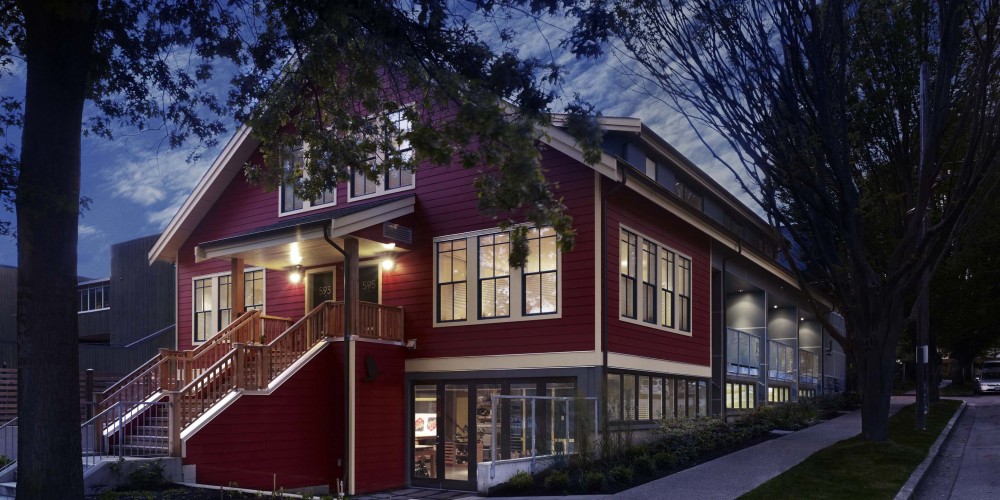Before I continue I would like to point out that I do not support combined classrooms over single grade classrooms or vice versa. The point of my research is to provide teachers and parents with information regarding both settings, giving them an honest view of the advantages and disadvantages of each environment. Even if I did prefer one environment over another, the material I have found features researchers who strongly believe in each setting, making it impossible to definitively declare one better than the other. My hope is that the reader will take my findings and form their own personal judgments based on how they gauge the needs of their students and children.
My personal Experience with Combined Classrooms
Since I started my volunteer work three years ago I have noticed an increase in CC’s throughout the school system. My volunteer and practicum experience have led me to wonder about the advantages and disadvantages of this teaching approach. Because combined classrooms are very prominent in B.C.’s schools I feel as though this question is appropriate because it is of personal interest to me and it highly concerns students and teachers. Having answers not only for myself, but for questioning parents as well, will be important when I begin my teaching career.
My volunteer experience has brought me into contact with a kindergarten teacher who says that her most successful classes have been combined classes where the students of the older grade provide a behavioral and academic model for the younger students to look up to. Because the younger students progress behaviorally at such a fast pace, early improvement is eventually reflected in academic achievement as well. Proehl et al agree saying, that there are no “significant differences between classrooms with either multi-age or multi-grade groupings and single-graded classrooms in the areas of cognitive or non-cognitive growth…there is no empirical evidence for the assumption that student learning may suffer in multi-grade and multi-age classrooms” (2013, p. 241).
Despite what I have written favorably about CC’s to this point, I have spoken with many teachers who dislike a CC setting. I have had the opportunity to interview a number of teachers from my practicum school and the responses I received were surprising to me. Nearly every person I interviewed spoke in favor of single grade classrooms even though they are all currently teaching combined classes. Many of the reasons for this are outlined in the graph below.
| Combined Classrooms | Pros | Cons |
| For the Teacher | – More curriculum to pick from.
– It allows for students to learn from one and other due to a larger range of abilities. – “Platooning” classes allow for teachers to pair up classes of the same grade for certain blocks. Ex: two 5/6 classes can be split into a 5/5 class and a 6/6 class. – Longer time for teachers to work with students (2 years). |
– Teachers are presented with double the work load.
– Double PLO’s to meet. – Double the assessment. |
| For the Student | – Allows for students to model behavioral traits to students of different ages.
– Struggling or gifted students have more room to receive adaptations in lessons, assignments, etc. – Broad range of academic and social abilities. |
– Not getting the same focused form (in terms of PLO’s and IRP’s) of teaching as a single-grade class.
– Possibility of uneven grade combination. – Broad range of academic and social abilities. – Age gap can create cliquey atmosphere. – Progressing a grade can have a student in the same class as the year prior. |
| For the District | – Saves money.
– Less teachers. – Fewer resources needed. – Management strategy to allow for more flexibility. |
– Some parents don’t like it.
– Some teachers will not teach combined classes. |
E.M. Marturano provides some insight into the benefit of a single-grade class saying that age segregation can actually lead to social problems. H states that “it seems that age segregation becomes more pronounced (a) as children grow older, (b) in school settings, (c) within groups of wider age range. Integration into the group may become a problem for the youngers in first-grade multi-age classrooms” (1987, p. 475). He goes on to say that “there are different patterns of interaction in same-age and mixed-age groups (Graziano, et al., 1976; Brody, Graziano, & Musser, 1983; French, et al., 1986). According to French (1984), elementary school children prefer to establish friendships with age mates; older children are preferred sources of instruction, leadership, help, and sympathy, whereas younger children are preferred targets of instruction and sympathy. Cross-age interaction is seen as a typical pattern of status asymmetry (French, 1984; French, et al., 1986), with older children’s behavior being more strongly affected by the mixed-age pairing than younger ones’ (Graziano, et al., 1976; Ludeke & Hartup, 1983; Brody, Graziano, & Musser, 1983; French, et al., 1986). (1987, p. 476). To sum it up, while there may be benefits to multi-aged classes, there are still times when students better respond to certain class environments when they are with students of their own age.
In terms of the academic achievement in CC’s opinions a varied. Like I mentioned earlier, the kindergarten teacher I spoke with regarded her CC’s in high regard while other teachers did not, saying that academic achievement was no better among their CC students than it was among previous single-grade classes they had taught. Aubrey Penney conducted a study in the early 90’s that examined the academic achievement of single-grade and multi-grade students. Fifty eight randomly selected school principals across the province of Newfoundland and Labrador were given the study to carry out in their schools. The final sample included 174 single-grade students and 137 multi-grade students. Her final results showed that there was no significant difference in academic achievement between students of rural multi-grade classrooms and students of rural single-grade classrooms (1992, p. ii-iii).
